See You at Randells
The story of an iconic ballroom dancing studio on Sydneys Northern Beaches
Written by Anne Stephenson & Jenny Brosnan
See You at Randells
First published in Australia 2020 by Anne Stephenson & Jenny Brosnan
Copyright 2020 Anne Stephenson & Jenny Brosnan.
The moral rights of the authors have been asserted.
All rights reserved. No part of this publication may be reproduced or transmitted by any person or entity (including Google, Amazon or similar organisations), in any form or by any means, electronic or mechanical, including photocopying, recording, scanning or by any information storage and retrieval system, without the express prior written permission of the authors.
Written by Anne Stephenson & Jenny Brosnan
Cover & Internal design by Zena Shapter
Dedicated to the memory of Peter Randell 1926-1997
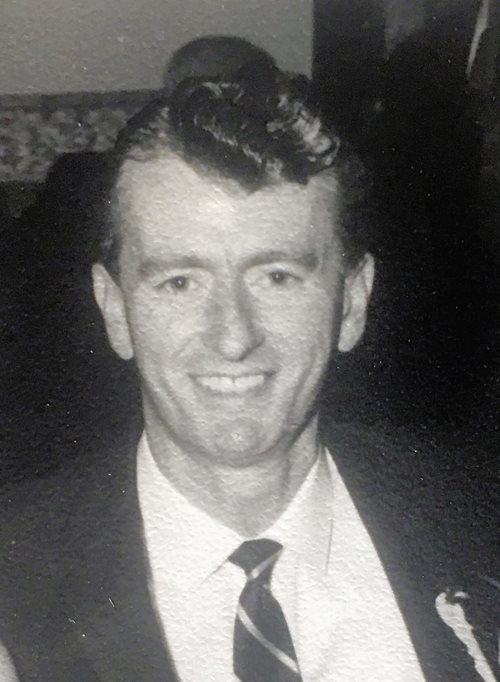
Contents
Endnotes
Acknowledgement of Country
The authors would like to acknowledge the Gayemagal People, a clan of the Eora Nation, who are the traditional owners of lands traversed in this publication. We would also like to pay our respects to Elders past and present and we extend that respect to other Indigenous people mentioned herein.
Preface
See you at Randells was the teenage catchcry for almost four decades from Manly to Palm Beach on the Northern Beaches of Sydney. Around the middle of the last century long before the electronic age, Tinder and mobile phone apps there was an unofficial dating site on the Northern Beaches, safe, secure and free from cyber attacks. No contracts or upfront fees; and for the price of admission only, one had access to dozens of matches with the value-added benefit of learning to dance. This institution was called the Randell School of Dancing and was run by Peter and Valerie Randell.
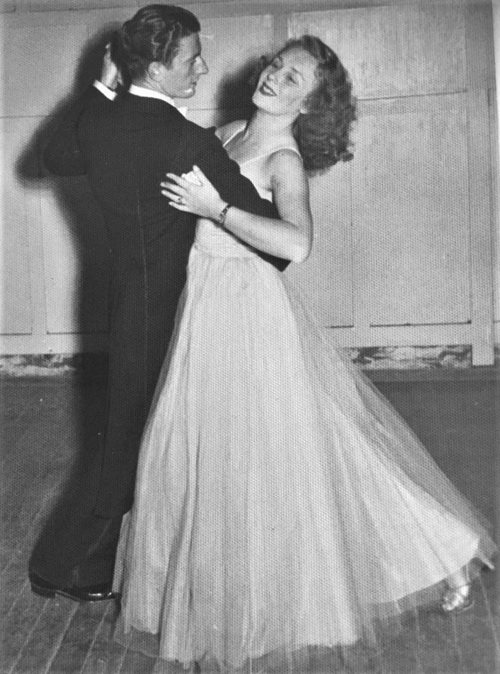
Set within the context of early Dancesport development, referred to as ballroom dancing in New South Wales, this book looks at the impact of key people who shaped the evolution of the Randells Dance Studio, especially the principals, and the influences of social change in the wider community on the studio. Attention is given to the teaching and learning experiences of the instructors and the students, both in the unique way the studio was organised and managed, and the expansion and improvement of the buildings and facilities.
It is undoubtedly a local history, however it is also a commentary on the influences that have made Dancesport what it is today. The unique nature of Randells lies not just in its distinctive, physical presence, but in its emphasis on the worth and equality of the individual.
Every student, ex-student, or member of staff will have their own perceptions of Randells; each valid, each personal and each different. The authors voice is the 50s and 60s, and some names and events we write about are from our research rather than first-hand. Nevertheless this history, which tries to be a fair and balanced account, will reflect our own backgrounds and views, just as a photo is taken from a particular place and focuses on a particular subject.
On nearly every occasion of interviewing former instructors and students, they invariably expressed concern that they would have little to contribute. We came away with transcripts containing valuable information and, no matter what their vintage, often amusing and very vivid.
Finally, we set this study within external shapers such as economic factors, war and social changes, all influencing the growth of the unique characteristics that made up the Randell School of Dance.
Randells ballroom dancing classes and social nights were of major importance in the lives of the authors of this book and we were extremely disappointed to find that, apart from a few articles published in the Manly Daily newspaper over the years, nothing had been recorded about either the school and/or the principals. An in-depth Manly Daily interview with Val was undertaken when she retired but was never published, with no explanation nor follow up. As one former instructor laments, It was such a shame because she should have got that recognition for all her work for all those years! And all those people!
One of the authors of this book recorded an accredited Oral History (lodged in Manly Library) in an attempt to rectify this lack of information, but an oral history by its very nature is limited in its scope and breadth. We sincerely hope that this social history will redress such a limitation, and the combination of the two will thus show an accurate portrayal of this important time in Northern Beaches history.
The majority of images are the copyright of the owners who have granted us permission to use them. We have also done our utmost to find the originators of any material found in the public domain and have acknowledged this accordingly.
It has been our great privilege to be the authors of this history and to be the instigators of the award of an OAM to Val Randell, one of the two principals of the school. Peter passed away in 1997.
Both Peter and Val are remembered with gratitude for providing a safe, drug and alcohol free environment in which to mix and mingle with like-minded individuals and members of the opposite sex, and with enduring affection by the many thousands of young people who passed through the doors. For almost 40 years they provided a safe rite of passage from schoolchild to young adult.
Our research has only increased our admiration for Peter and Val Randell, and we are proud to have been able to serve them and the school in this way.
.jpeg)
Anne Stephenson
.jpeg)
Jenny Brosnan
Introduction
There was communication between the two sexes people actually danced together, arm in arm, cheek to cheek. People spoke!
Throughout history, dancing has played an important part in the culture of many societies. The first authoritative account of ballroom dancing, an overall umbrella term referring to traditional partnered dance forms carried out by a couple, was recorded in France in the 16th century. However, in the 15th century the earliest dance forms ever described were such partnered social dances. In the late 18th and early 19th century, dances such as the Waltz were performed by the elite and upper classes of society at balls and parties. By the late 19th and early 20th century, the working and middle classes began to go to social gatherings in public dance halls. Much of the history of ballroom dancing has involved social gatherings, dances and balls, and modern ballroom dancing as we know it today had its origins in England in the early 1920s, which became known as the Jazz era. Dancing became the most popular entertainment of all.
In Australia, every community had at least one council or church hall that could be used for the purpose. In the country, people rode into town, came by horse and buggy, to foxtrot the night away. In the cities there were spacious and stylish dance halls, where ten- or twelve-piece bands played. The men danced in special shoes called dancing pumps and the women wore shorter and shorter skirts and hair. With her bobbed hairstyle, high hemlines and dropped waistlines, no cultural symbol of the 1920s is more recognisable than the Flapper. Women had greater freedom of expression in their personal lives and found work outside of the home. This was reflected in improved access to jobs and education as well as new fashions, smoking and dancing. However, despite these new freedoms ushered in after the First World War, later generations of women would be the ones who would fully benefit from the social changes begun in these roaring twenties.
Next page
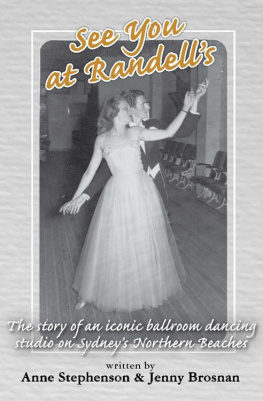

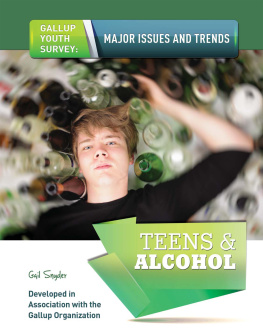
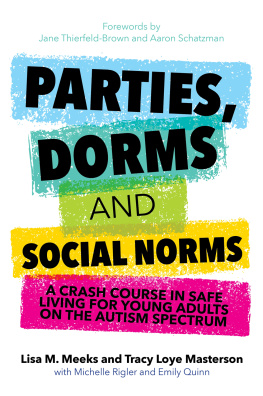
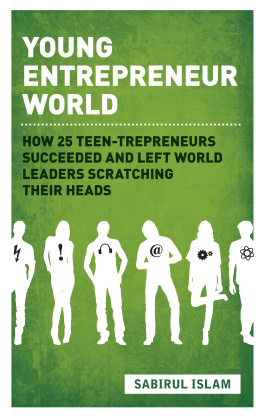
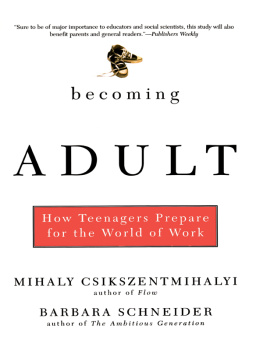
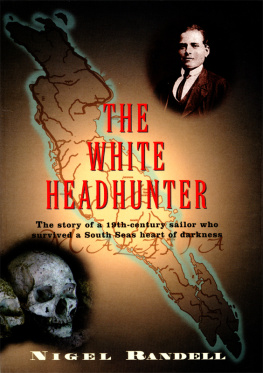
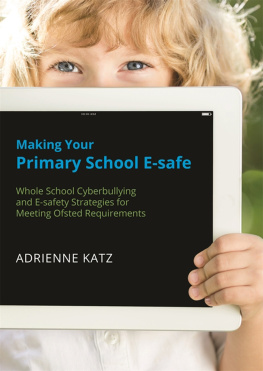


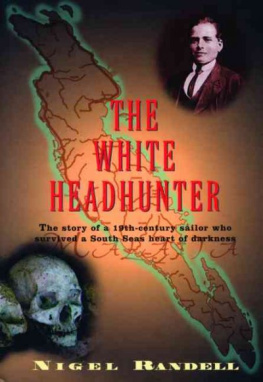


.jpeg)
.jpeg)